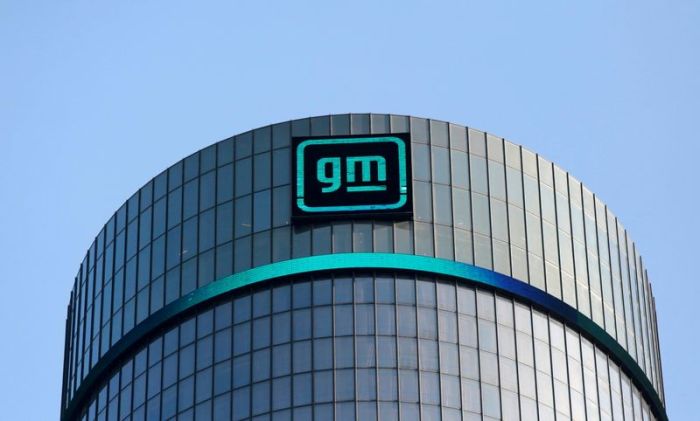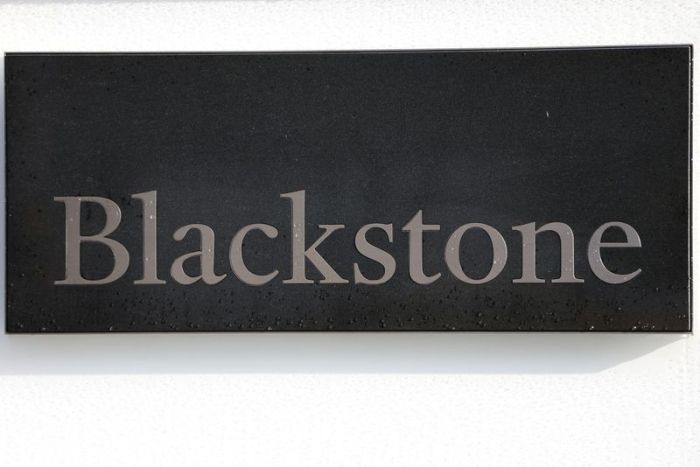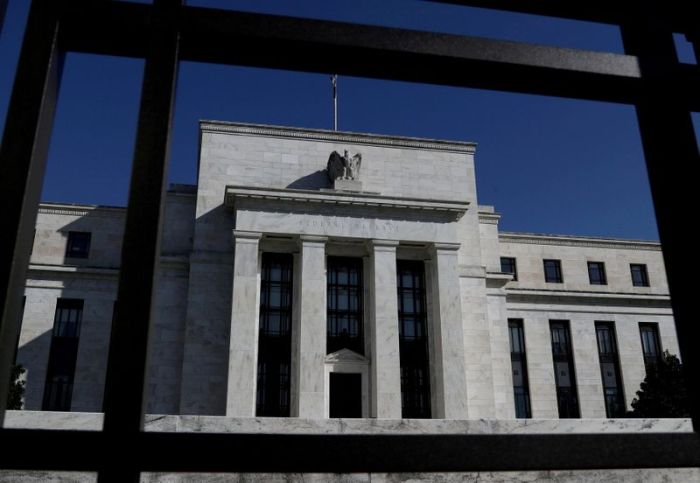(Reuters) – Wall Street closed lower on Thursday as investors banked some profits after three straight days of gains and turned their focus toward upcoming inflation data and how it might influence the Federal Reserve’s meeting next week.
The Nasdaq was down more sharply than the S&P 500 while the Dow was virtually flat, ending down less than 1 point.
Investors were in a waiting game ahead of U.S. consumer prices index (CPI) inflation data due Friday morning. A higher-than-expected reading would strengthen the case for a policy tightening decision at the U.S. central bank’s meeting.
In the first three days of the week, the Nasdaq rallied 4.7%, the S&P advanced 3.6% and the Dow gained 3.4% as fears abated about the latest coronavirus variant Omicron.
“We had a rip roaring rally. There’s still nervous people out there,” said Dennis Dick, head of markets structure, proprietary trader at Bright Trading LLC in Las Vegas.
“We’d a Omicron relief rally but the underlying problem still remains, that the Fed’s taking the punchbowl away.”
Joe Quinlan, chief market strategist for the CIO office of Bank of America, said investors may be taking profits and pausing buying after the three days of gains.
“Also there may be a little risk-off trade ahead of the CPI number on Friday,” he said. “If it comes in hotter than expected it really shines the light and the focus on the Fed meeting. The pressure would build on the Fed for a faster tapering.”
Fed Chair Powell signaled last week that the meeting would include a discussion about a faster tapering of bond-buying.
“It would reaffirm in many people’s minds that the Fed is behind the curve,” said Quinlan.
If the inflation number implies a need to hike rates faster, this “would put pressure on technology and give a bid to cyclicals” he said.
“You’d want to buy the companies that could pass on these higher costs to consumers. That undermines the growth story. You want to own more cyclicals and value than growth,” said Quinlan.
A Reuters poll of economists predicted the Fed would raise rates by 25 basis points to 0.25-0.50% in the third quarter of next year. However, most saw the risk that a hike comes even sooner.
The Dow Jones Industrial Average fell 0.06 points to 35,754.69, the S&P 500 lost 33.76 points, or 0.72%, to 4,667.45 and the Nasdaq Composite dropped 269.62 points, or 1.71%, to 15,517.37.
Nine of the 11 major S&P sectors declined, with consumer discretionary down 1.7%, losing the most and real estate, down 1.4%, and information technology falling 1%, showing the next biggest losses.
The only sector gainers were healthcare up 0.2% and consumer staples which clung to a 0.06% advance.
Healthcare was boosted by a CVS Health Corp share gain of 4.5% after the drugstore operator raised its 2021 profit forecast.
In consumer staples, heavyweight electric car maker Tesla was the biggest percentage decliner, falling 6%.
Markets have seesawed since late November when the Omicron variant was discovered. Investors worried it could upend a global recovery at a time of surging inflation with Fed commentary exacerbating volatility.
Wall Street’s main indexes were supported this week by an update showing Pfizer and BioNTech’s vaccine offered some protection against the Omicron variant.
Data showed initial claims for state unemployment benefits tumbled 43,000 last week to 184,000, the lowest level in more than 52 years.
GameStop Corp fell 10% after the video game retailer popular among retail investors said it was issued a subpoena by the U.S. securities regulator back in August for documents on an investigation into its share trading activity.
Declining issues outnumbered advancing ones on the NYSE by a 3.03-to-1 ratio; on Nasdaq, a 3.05-to-1 ratio favored decliners.
The S&P 500 posted 23 new 52-week highs and 1 new lows; the Nasdaq Composite recorded 34 new highs and 68 new lows.
On U.S. exchanges 9.75 billion shares changed hands compared with the 11.41 billion average for the last 20 sessions.
(Reporting by Sinéad Carew in New York, Devik Jain and Shreyashi Sanyal in Bengaluru; Editing by Maju Samuel and David Gregorio)
























